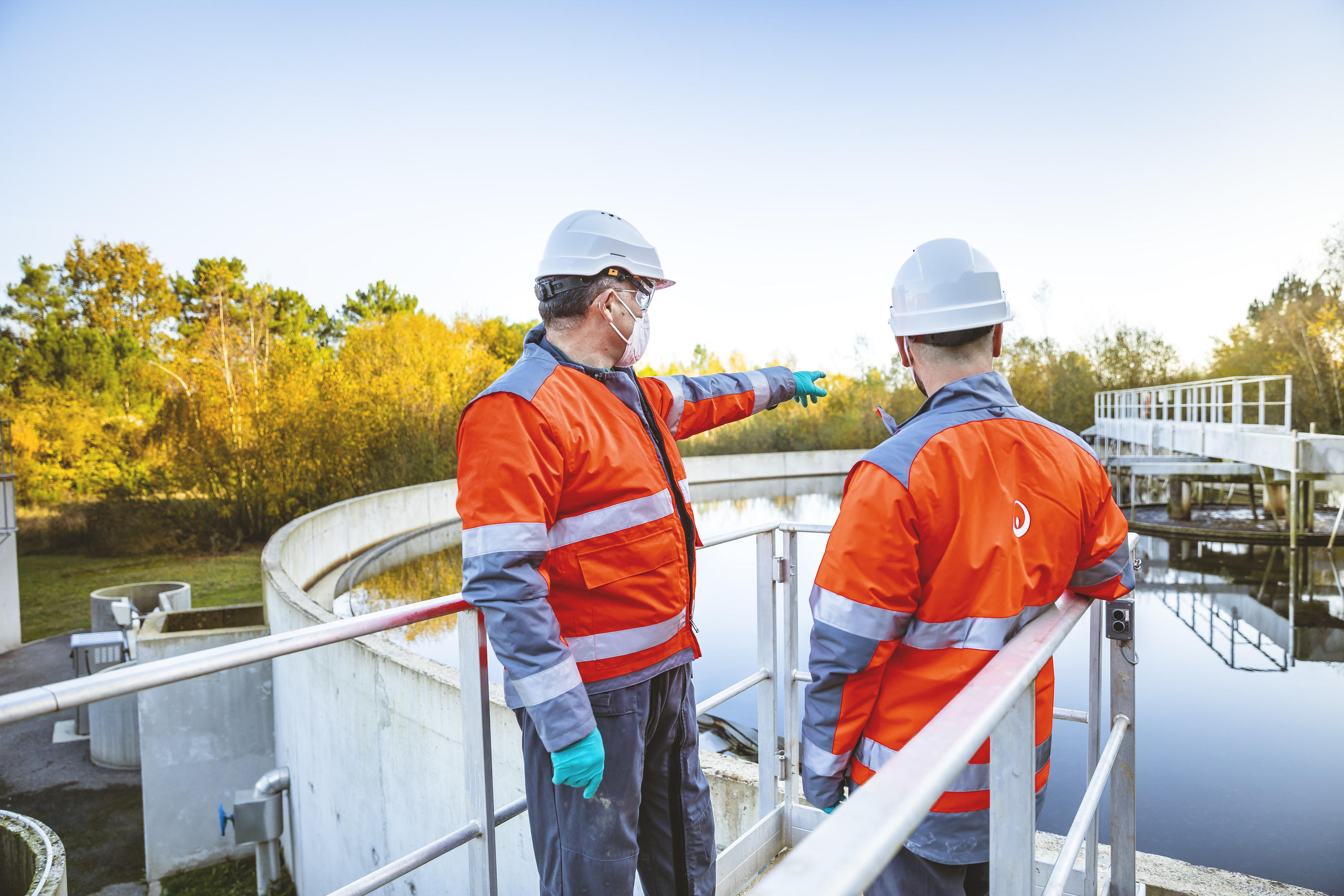Industrial Waste Water Treatment-- Advanced Solutions for Cleanser Effluents
Secret Methods in Hazardous Waste Water Treatment Processes
The therapy of industrial wastewater is a critical element of environmental monitoring, entailing an array of techniques created to minimize the influence of impurities. Improvements in innovations such as membrane layer purification and progressed oxidation procedures offer ingenious options for improving treatment effectiveness.
Physical Therapy Techniques
Exactly how properly can physical treatment techniques attend to the complexities of industrial wastewater? Physical treatment approaches play a crucial duty in the initial phases of wastewater administration, focusing primarily on the removal of solids and big particulates. Methods such as filtration, flotation, and sedimentation are vital for lowering the focus of suspended solids, thus improving the efficiency of succeeding therapy processes.
Sedimentation entails the gravitational settling of solids, allowing for the splitting up of larger products from the wastewater. This approach is especially reliable in clarifying water prior to chemical or organic therapies.
Furthermore, flotation protection methods, which utilize air bubbles to lift put on hold solids to the surface for elimination, work in treating wastewater with high focus of fats, oils, and greases. On the whole, physical treatment techniques work as a critical initial step in the extensive monitoring of industrial wastewater, making certain that the load on succeeding therapy stages is lessened and enhancing general therapy efficiency.
Chemical Treatment Methods
While physical treatment approaches prepared for efficient wastewater management, chemical therapy techniques are crucial for resolving the a lot more complex pollutants frequently discovered in industrial effluents. These approaches use numerous chemical agents to speed up, counteract, or oxidize damaging substances, making sure a more extensive removal of toxins.
One common technique is coagulation and flocculation, where chemical coagulants such as aluminum sulfate or ferric chloride are included in promote the gathering of suspended bits. This procedure improves solid-liquid separation, minimizing turbidity and boosting water quality. In addition, neutralization processes are utilized to readjust the pH of wastewater, making use of acids or bases to neutralize acidic or alkaline streams, specifically.
Oxidation-reduction responses play an essential function in derogatory organic pollutants and virus. Chemical oxidants like ozone, chlorine, or hydrogen peroxide are made use of to damage down intricate organic substances, making them much less harmful or more naturally degradable. Advanced oxidation procedures (AOPs) combine several oxidation strategies to boost pollutant elimination efficiency.
Organic Therapy Procedures
The performance of wastewater therapy is substantially improved by biological treatment processes, which harness the natural metabolic tasks of microbes to break down raw material and get rid of pollutants. Industrial Waste Water Treatment. These procedures largely entail anaerobic and cardio digestion, each tailored for certain sorts of wastewater
Cardiovascular therapy procedures utilize oxygen to support microbial development, promoting the malfunction of organic pollutants right into co2 and water. Common approaches consist of triggered sludge systems, where oygenation tanks facilitate the blending of wastewater with microbes, and flowing filters, which encourage biofilm advancement on media surfaces.
On the other hand, anaerobic treatment procedures take place in the absence click resources of oxygen, making use of anaerobic germs to break down organic issue, causing biogas manufacturing, a renewable resource source. Anaerobic digesters are typically utilized in industrial setups for this function, effectively lowering the quantity of sludge while producing important biogas.
The option of an organic treatment method relies on wastewater attributes, treatment objectives, and regulative standards. The assimilation of biological procedures in wastewater therapy not just improves pollutant removal performance however also promotes sustainability by lessening chemical usage and sustaining source healing.
Advanced Oxidation Processes

Common AOP methods include Fenton's ozonation, reagent, and photocatalysis. Fenton's reagent, a mix of hydrogen peroxide and ferrous iron, militarizes the formation of hydroxyl radicals, making it efficient for dealing with wastewater including phenolic substances and various other stubborn substances.
AOPs provide numerous benefits, including decreased sludge manufacturing and the capacity to treat wastewater with high focus of natural toxins. Nonetheless, the implementation of AOPs requires cautious consideration of functional specifications and cost-effectiveness, guaranteeing that these innovative strategies are appropriately integrated into existing wastewater treatment systems.
Membrane Filtration Technologies

Microfiltration works for eliminating put on hold solids and microorganisms, while ultrafiltration targets smaller organic molecules and infections. Nanofiltration links the void between ultrafiltration and turn around osmosis, effectively removing natural compounds and divalent ions. Reverse osmosis gives the highest degree of purification, used mainly for desalination and removing mono-valent ions.
Membrane innovations use many benefits, consisting of reduced power usage contrasted to standard therapy techniques, modular style for scalability, and the capacity for water healing and reuse. Nevertheless, difficulties such as membrane layer fouling and the need for regular maintenance must be addressed to ensure system efficacy. In general, membrane purification modern technologies stand for a vital part of modern industrial wastewater treatment approaches, advertising sustainability and resource preservation in water administration.
Final Thought
Finally, commercial wastewater therapy uses a diverse selection of methods, including physical, chemical, biological, and progressed techniques. Each approach plays a vital function in efficiently resolving various impurities, boosting water top quality, and advertising source sustainability. The combination of these strategies promotes a detailed treatment approach, making sure that industrial effluents satisfy governing requirements while reducing ecological impact. Proceeded developments in these methods will better improve the performance and effectiveness of wastewater therapy processes in industrial settings.
The treatment of commercial wastewater is an important aspect of environmental administration, entailing a range of strategies designed to reduce the effect of impurities.How efficiently can physical treatment techniques attend to the intricacies of commercial wastewater?Advanced oxidation processes (AOPs) stand for an innovative technique in industrial wastewater treatment, made to successfully break down organic pollutants that are often Visit Website immune to traditional treatment approaches (Industrial Waste Water Treatment).In verdict, commercial wastewater therapy uses a varied array of techniques, including physical, chemical, biological, and advanced methods. Continued improvements in these methods will certainly additionally enhance the effectiveness and efficiency of wastewater therapy procedures in industrial settings